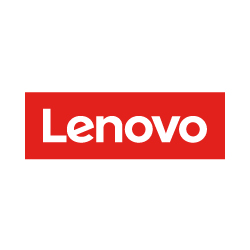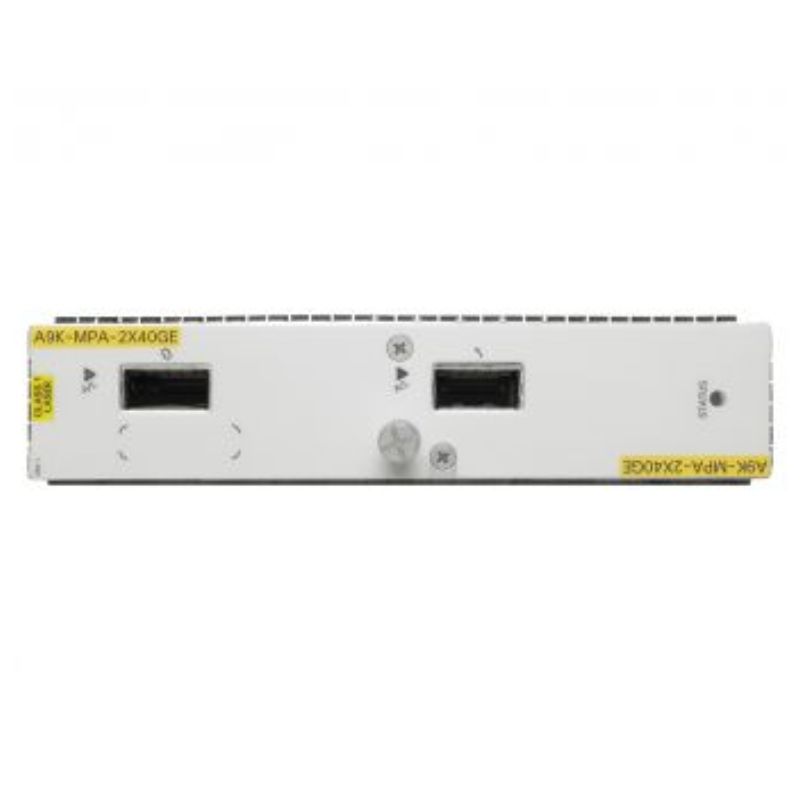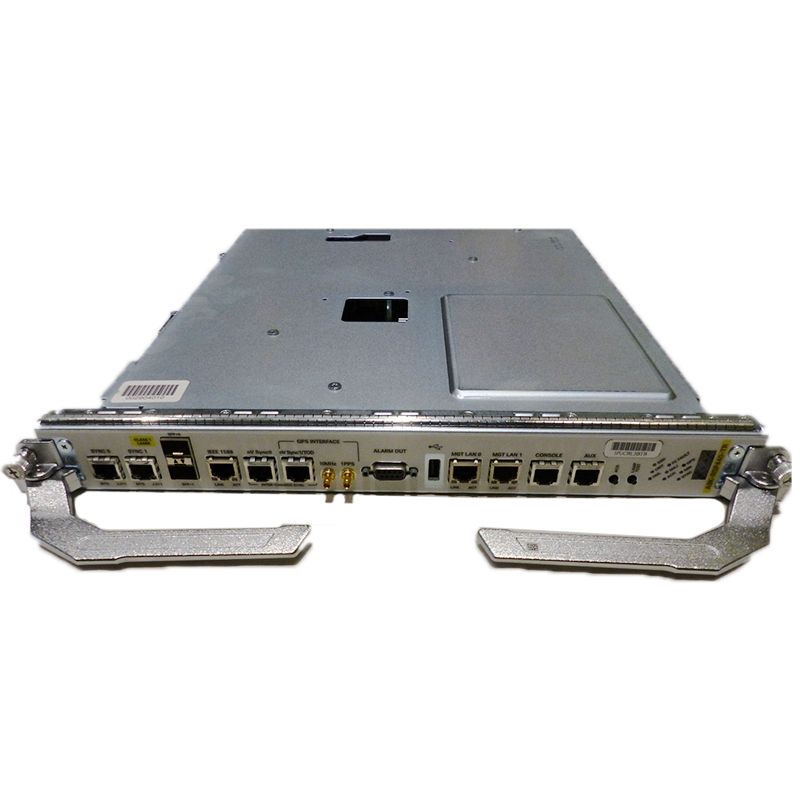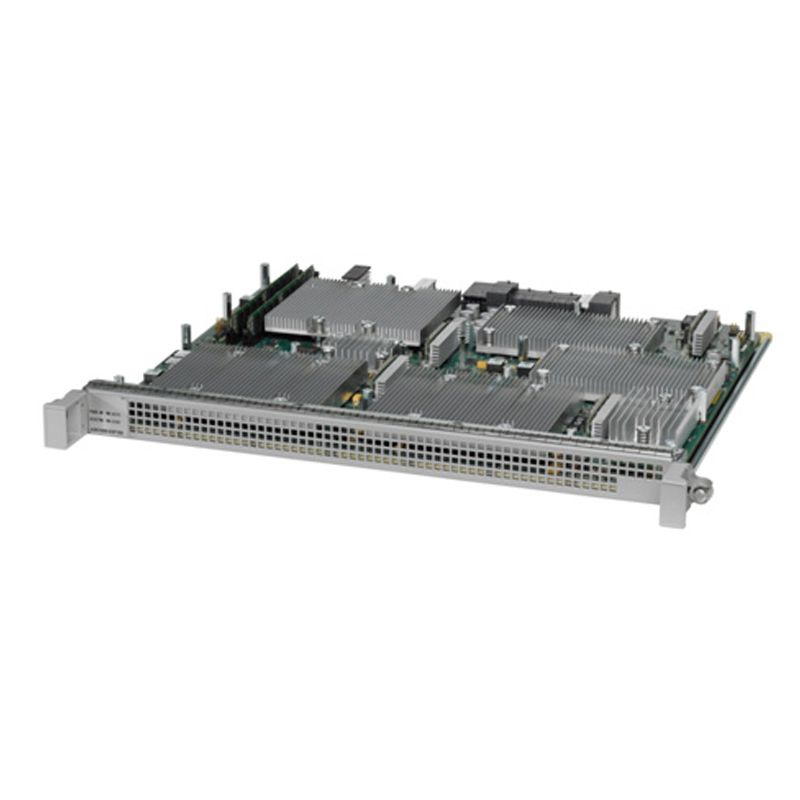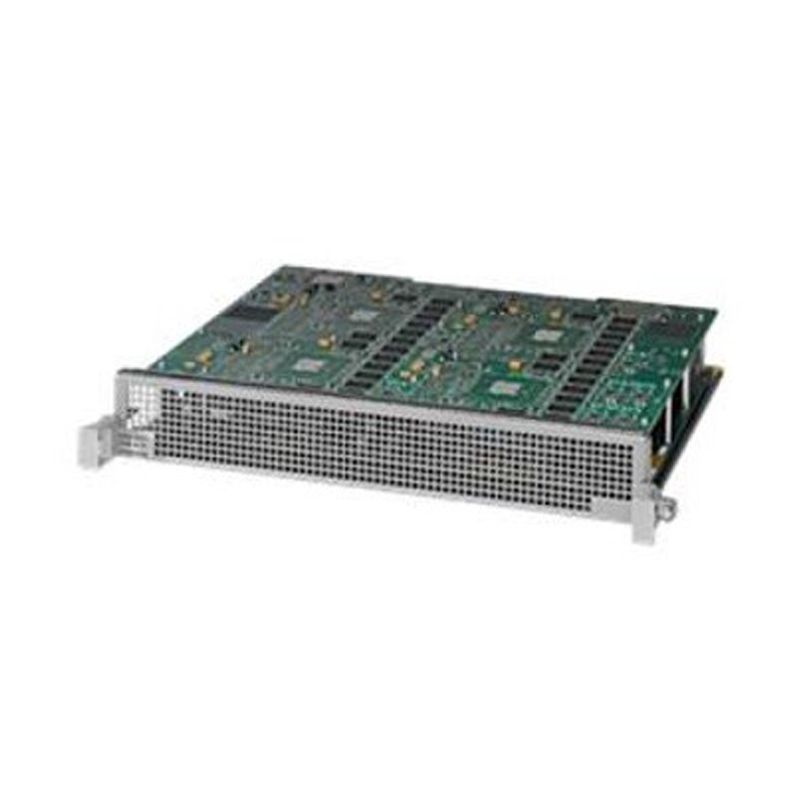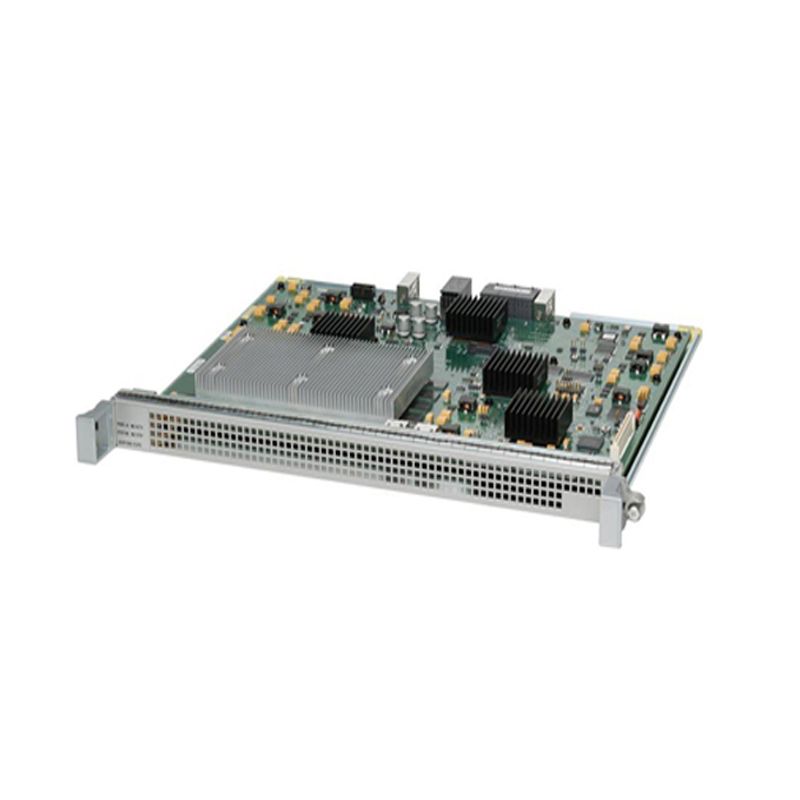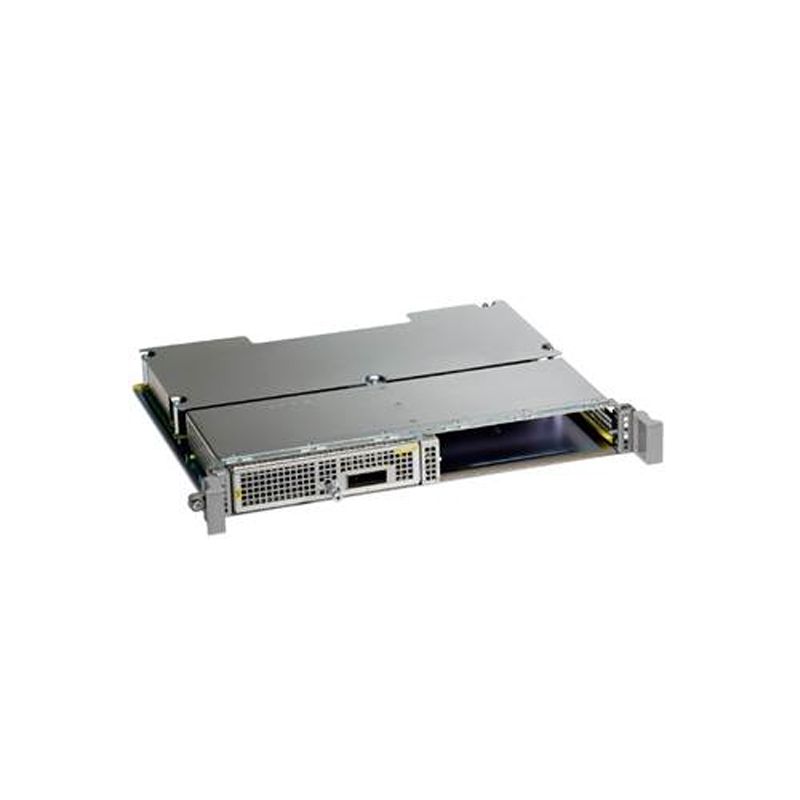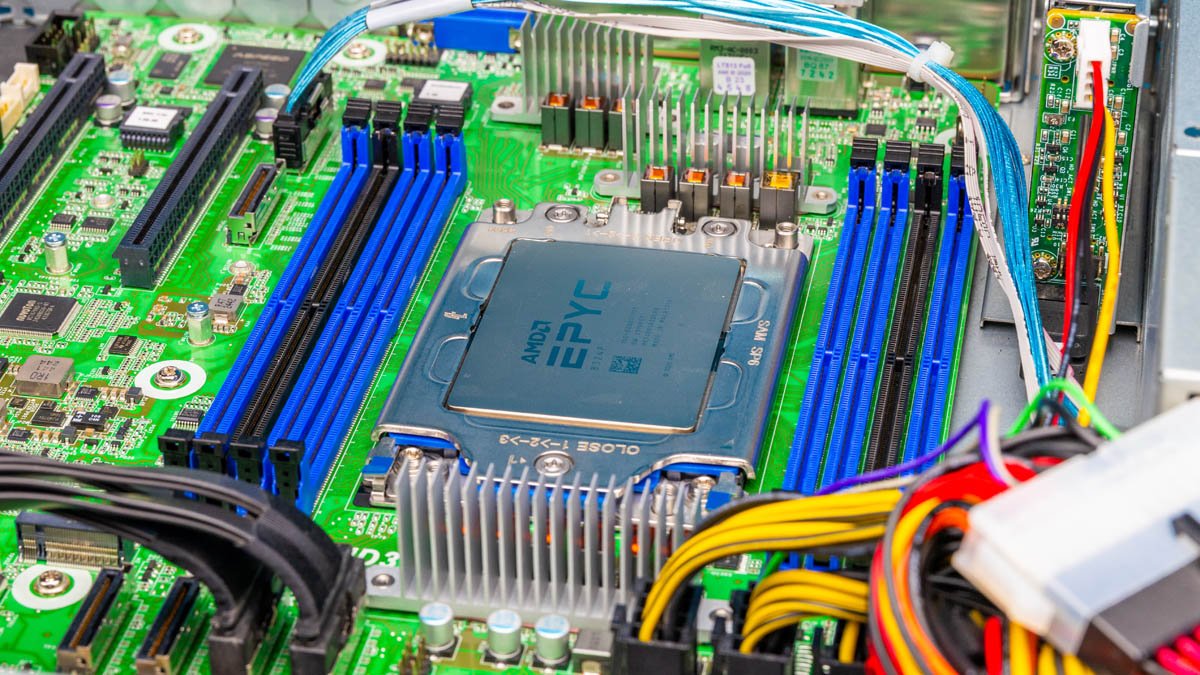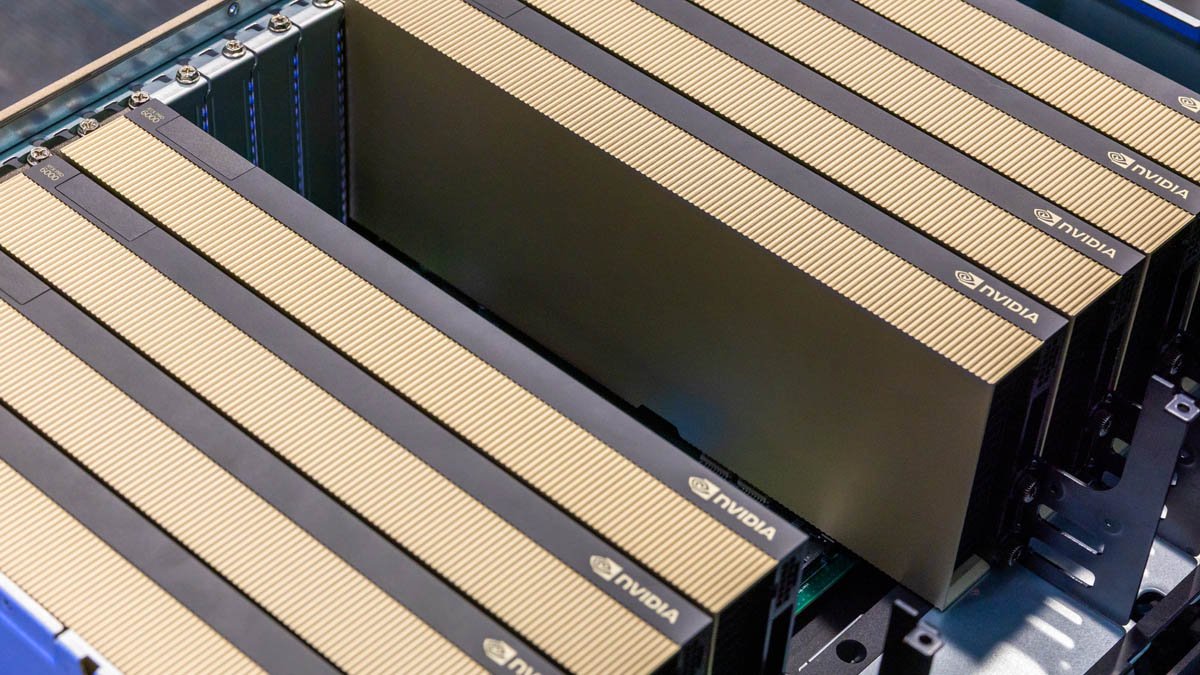Intel Eyes Exit from NEX Unit as Focus Shifts to Core Chip Business
In a significant strategic pivot, Intel Corporation has started to reevaluate its commitment to the Networking and Edge (NEX) unit, marking a major shift in its corporate focus. This decision comes in the wake of ongoing challenges in the semiconductor market and is indicative of Intel’s desire to streamline its operations in favor of enhancing its core chip business.
Background on NEX Unit
The NEX unit was established as part of Intel’s broader strategy to diversify its portfolio beyond traditional computing and into emerging technologies such as 5G, Internet of Things (IoT), and edge computing. The unit aimed to leverage Intel’s strengths in hardware to address networking solutions, which are increasingly vital in today’s data-driven world.
However, as competition intensifies and the semiconductor landscape evolves, the profit margins within the NEX sector have come under pressure. Companies like Qualcomm and Nvidia continue to dominate the edge computing and networking markets, prompting Intel to reconsider its strategy.
Strategic Shift to Core Business
Intel’s core business has always revolved around the manufacturing of microprocessors and integrated circuits for computers and servers. As the demand for these products rebounds, particularly in AI and machine learning applications, the company is now prioritizing resources towards its traditional strengths.
The decision to potentially exit the NEX business aligns with Intel’s objective to enhance efficiency and concentrate on innovation in high-demand areas. By reallocating resources, the company can double down on advanced manufacturing processes and next-generation technology development, crucial for staying competitive against rivals like AMD and Samsung.
Implications for Workforce and Partnerships
Should Intel proceed with the exit, it is expected to have ripple effects across its workforce and partnerships. Employees within the NEX unit may face job uncertainty as the company restructures. Additionally, existing partnerships with telecom companies and cloud service providers may be reevaluated, leading to changes in alliances that have been built over the years.
Market Reaction
The announcement has elicited a mixed response from investors and market analysts. While some view this as a prudent move for consolidating resources, others express concern about Intel’s ability to compete in sectors where it has already invested significant time and capital. The implications for market share and growth potential are hot topics of discussion as Intel navigates this transition.
Future Outlook
Intel’s focus on its core chip business is a clear signal of its intent to return to its roots while adapting to current market demands. As it works to fortify its position in AI and other high-performance computing domains, the company’s long-term strategy remains under scrutiny.
Investors and stakeholders will be watching closely to see how this strategic shift unfolds, particularly as the semiconductor industry continues to evolve rapidly. Ultimately, Intel’s commitment to innovation in its core business could hold the key to reclaiming its dominance in a highly competitive landscape.
Conclusion
As Intel eyes a potential exit from its NEX unit, the technology giant is reaffirming its commitment to its core competencies. This move illustrates not only the challenges facing the semiconductor industry but also Intel’s proactive strategy to navigate these complexities while aiming for sustainable growth in its foundational markets. The outcome will be pivotal for both the company and the wider tech ecosystem, as competition intensifies and new opportunities emerge.







